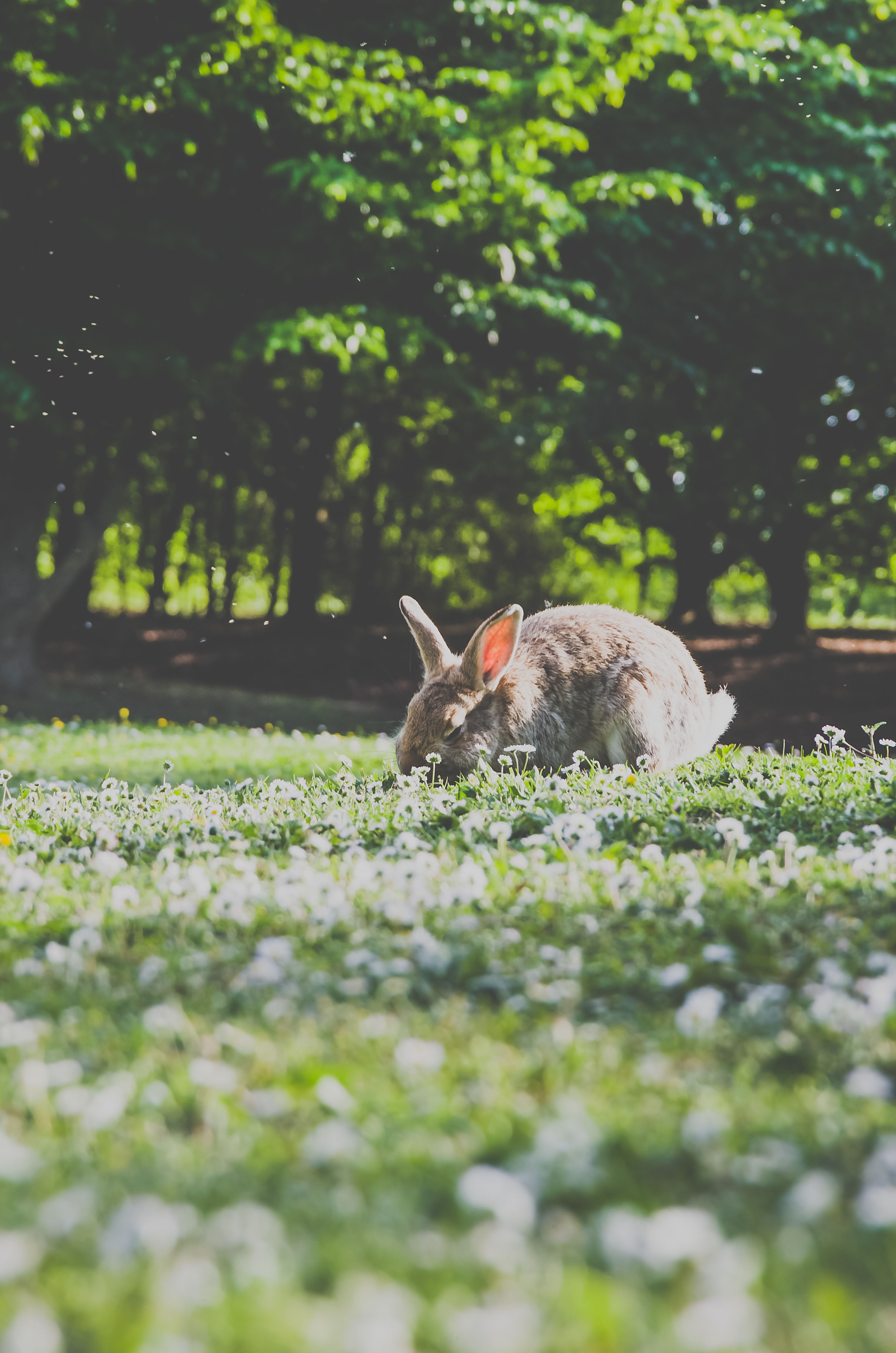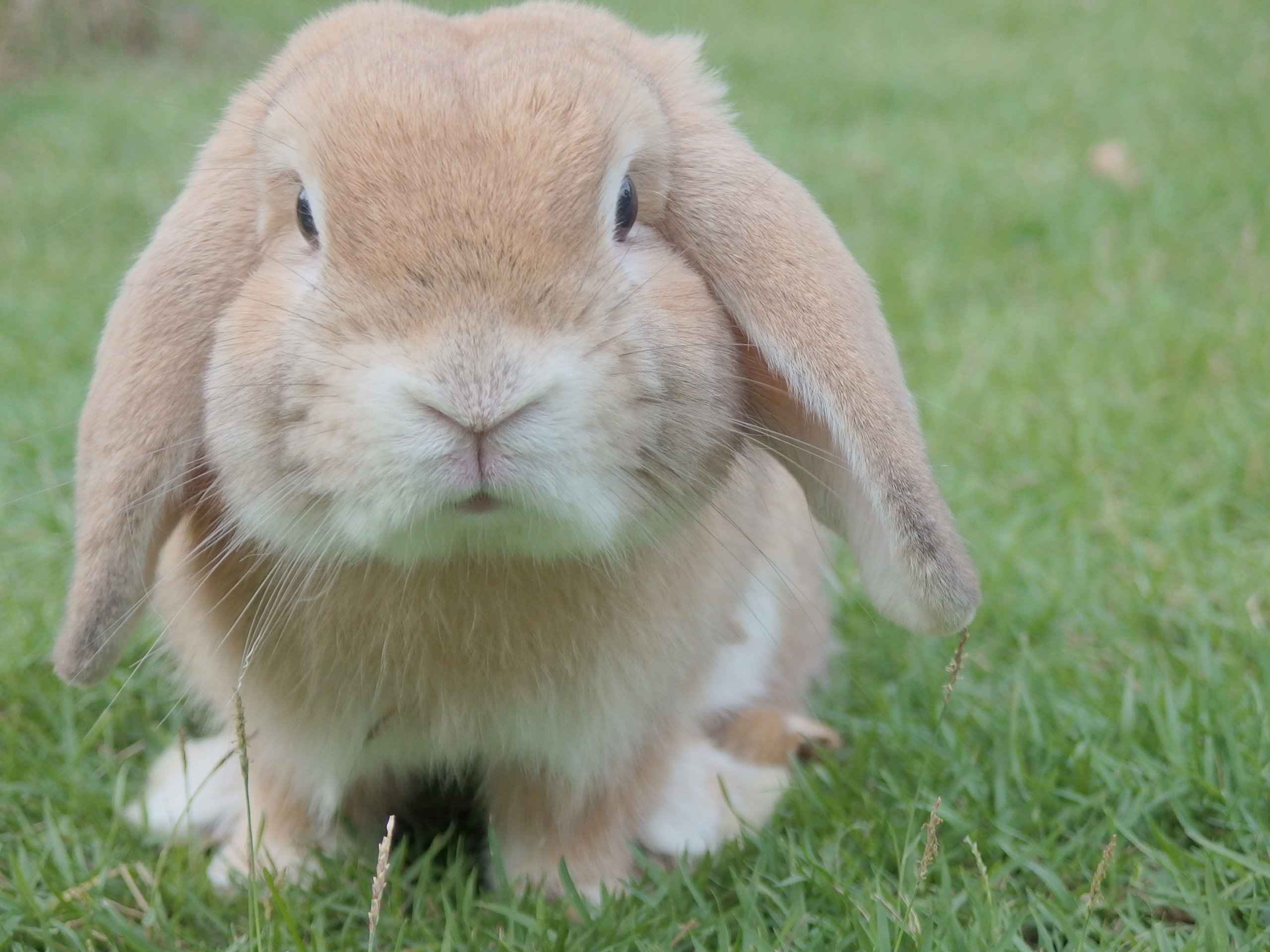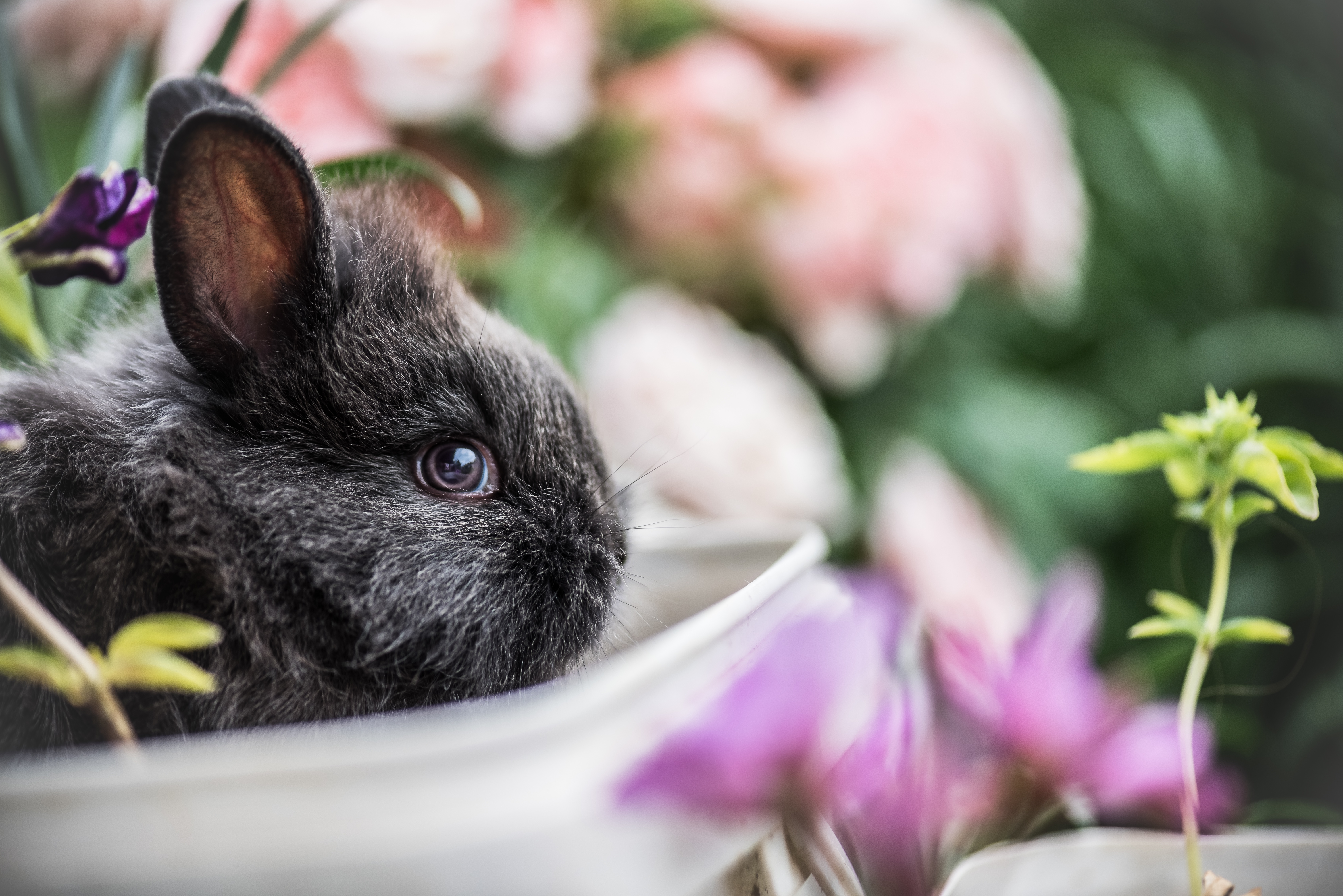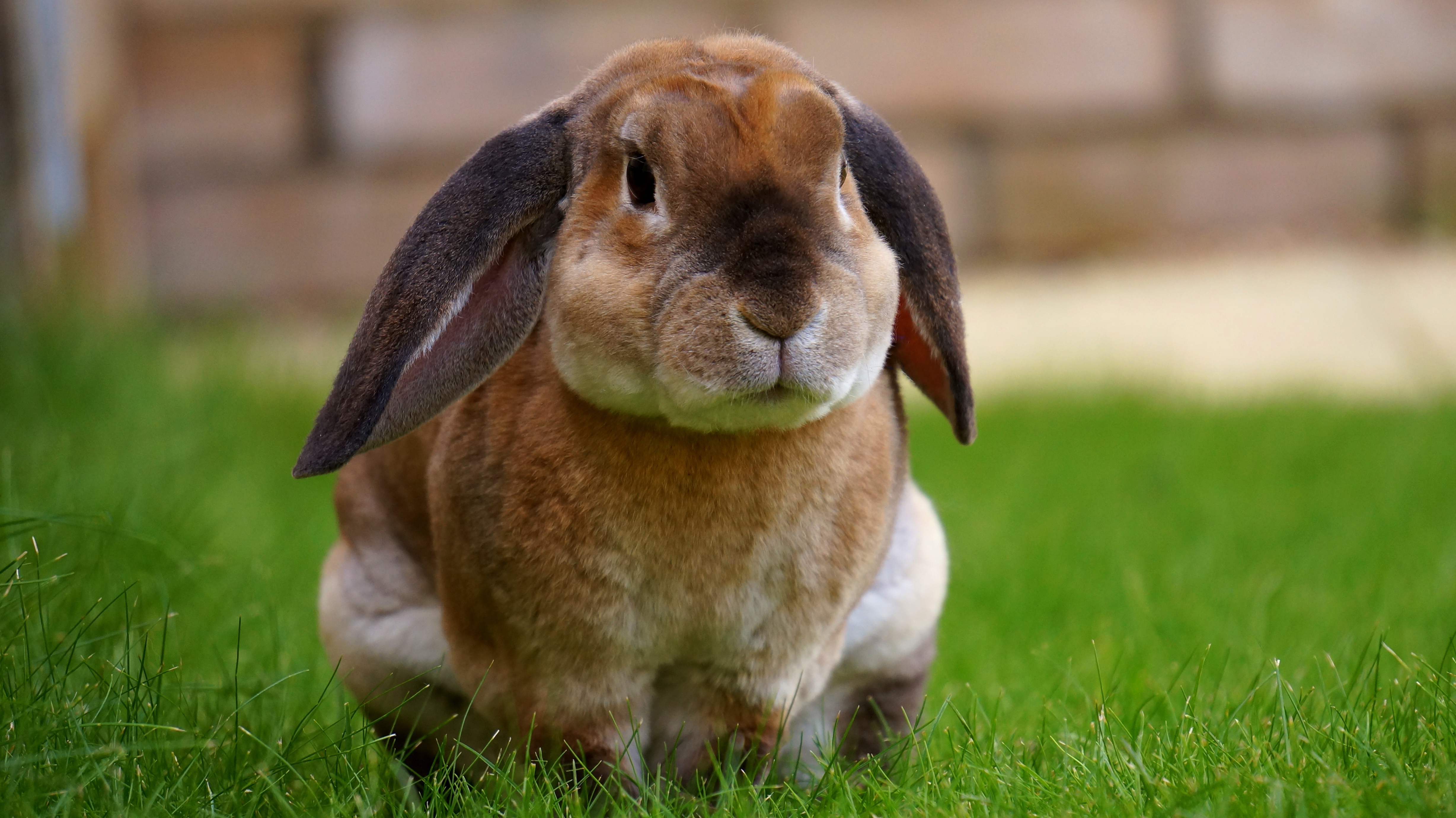The Science of Rabbit Litter Training: A Behavioral Analysis

Why Litter Training Works (And Why It Sometimes Doesn't)
I've worked with hundreds of rabbits over the years, and here's what I've learned: litter training isn't about forcing a behavior - it's about understanding how rabbits naturally think about their bathroom habits. Unlike cats who instinctively bury their waste, rabbits are more selective about where they go.
My first rabbit, Thumper, taught me this lesson the hard way. I spent weeks trying to get him to use a litter box in the corner I chose, only to discover he had his own ideas about the perfect spot. Once I moved the box to his preferred location, he was trained in three days.
What I Wish I Knew About Rabbit Psychology
Rabbits choose elimination spots based on three main factors: safety, comfort, and territory. In the wild, they'll pick spots that are sheltered from wind, away from their food source, and where they feel secure. Understanding this changed everything about how I approach litter training.
I've noticed that rabbits often prefer corners or areas against walls. This isn't just coincidence - it's instinct. In nature, having your back to a wall while eliminating means you're less vulnerable to predators. Even our domestic rabbits retain this survival instinct.
The Method That Actually Works
Week 1: Become a Rabbit Detective
Before you even think about introducing a litter box, spend a few days just watching. I know it sounds strange, but trust me on this. Note exactly where your rabbit consistently goes to the bathroom. Don't try to change anything yet - just observe and take mental notes.
I keep a small notebook during this phase. I jot down times, locations, and any patterns I notice. Does your rabbit prefer morning or evening? Does weather affect their choices? These details will save you weeks of frustration later.
Choosing Your Litter Box (The Right Way)
Here's where most people go wrong - they buy a cute little corner box that's way too small. Your rabbit needs to be able to turn around completely inside the box. I recommend getting one that's at least 12x18 inches for most rabbits.
I've tried every type of litter box on the market, and here's what works best: simple, rectangular boxes with low sides. The fancy corner boxes look nice but often don't provide enough space. High-sided boxes are great for rabbits who kick litter around, but make sure your rabbit can easily hop in and out.
Week 2: The Introduction Phase
Now comes the fun part - placing the litter box exactly where your rabbit already goes. I know it might not be the most convenient spot for you, but trust me, this is crucial. Put the box right on top of their chosen spot, even if it's in the middle of your living room floor.
Fill it with paper-based litter (never use clumping cat litter - it's dangerous if ingested). I prefer Yesterday's News or similar paper pellets. They're safe, absorbent, and don't create dust that could irritate your rabbit's respiratory system.
The Reward System That Actually Works
When your rabbit uses the litter box, immediately offer a small treat. I'm talking about something tiny - a piece of cilantro or a small piece of carrot. The key is timing - the reward must come within seconds of the behavior.
I also use verbal praise, but I keep it calm and quiet. A simple "good bunny" in a soft voice works better than excited cheering, which can startle them. Some rabbits love gentle petting as a reward, while others prefer to be left alone. Learn what your rabbit likes.
Common Problems (And How I Solved Them)
When Your Rabbit Completely Ignores the Litter Box
This happened with my second rabbit, Luna. She would walk right past the litter box to go in a different corner. The solution? I moved the box to her exact spot and put some of her droppings in it. The scent helped her understand this was the right place.
If that doesn't work, try different types of litter. Some rabbits are picky about texture. I've had success with wood pellets, paper pellets, and even plain hay. The goal is to find what your rabbit prefers, not what looks best to you.
The "Sometimes" Problem
Many rabbits will use the litter box for urination but not defecation, or vice versa. This is completely normal during the learning process. Don't get discouraged - just keep being consistent with rewards and cleaning up accidents without punishment.
I've found that placing hay near the litter box helps with this issue. Rabbits often eat while they eliminate, so having hay nearby can encourage them to use the box for both functions.
Advanced Tips from Years of Experience
Multiple Rabbits, Multiple Boxes
If you have more than one rabbit, you need more than one litter box. The general rule is one box per rabbit, plus one extra. This prevents territorial disputes and ensures everyone has access to a clean box when they need it.
I learned this the hard way when I introduced a second rabbit to my home. The first rabbit started having accidents because the new rabbit was "claiming" the litter box. Adding extra boxes solved the problem immediately.
Keeping It Clean (Without Going Crazy)
Clean the litter box daily - I do it every morning as part of my routine. Remove soiled litter and add fresh material. Once a week, I do a deep clean with a rabbit-safe disinfectant (I use a 10% bleach solution, thoroughly rinsed).
Here's a tip that saves time: I keep a small dustpan and brush next to each litter box for quick cleanups. It's much easier than running to the kitchen every time I spot a stray dropping.
Seasonal Changes
Rabbits can change their elimination habits with the seasons. In winter, they might prefer warmer spots, while in summer, they might seek cooler areas. I adjust litter box placement accordingly and always have backup boxes ready.
How Long Does This Actually Take?
Most rabbits show significant improvement within 2-4 weeks, but every rabbit is different. Thumper learned in three days, while Luna took six weeks. The key is patience and consistency - don't give up if it takes longer than expected.
I've found that younger rabbits (under 6 months) often learn faster than older rabbits who have established habits. But even senior rabbits can learn new tricks with patience and the right approach.
Success isn't about perfection - it's about progress. If your rabbit is using the litter box 80% of the time, that's a huge win. Focus on celebrating the successes rather than stressing about the occasional accident.
Remember, litter training is about working with your rabbit's natural instincts, not against them. When you understand how they think, the whole process becomes much easier for both of you.
## Related Reading If you found this article helpful, you might also enjoy: • [Positive Reinforcement in Rabbit Training: Evidenc... in Rabbit Training: Evidence-Based Methods](/blog/positive-reinforcement-rabbit-training-evidence-based) - A comprehensive analysis of positive reinforcement techniques specifically adapted for rabbit learning patterns and behavioral responses. These articles explore similar themes and can help deepen your understanding of the topic.


Comments (0)
Want to leave a comment?
Please Login or Register to join the conversation.